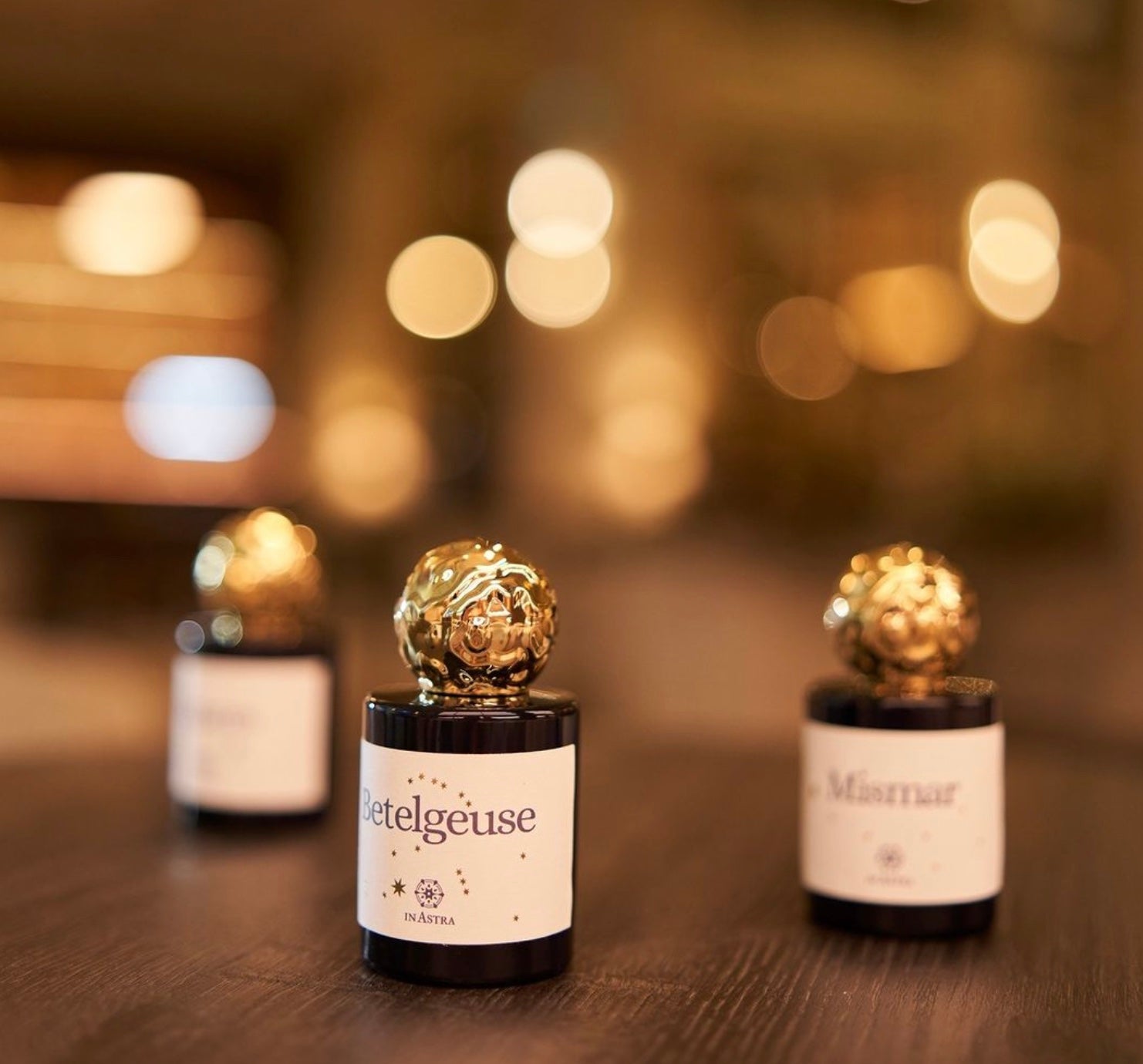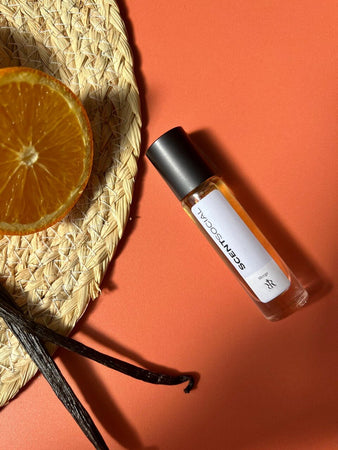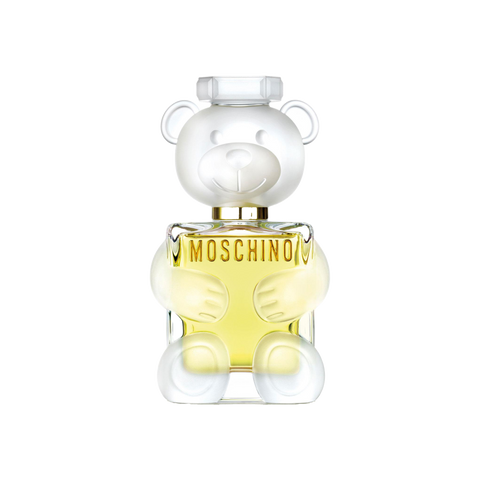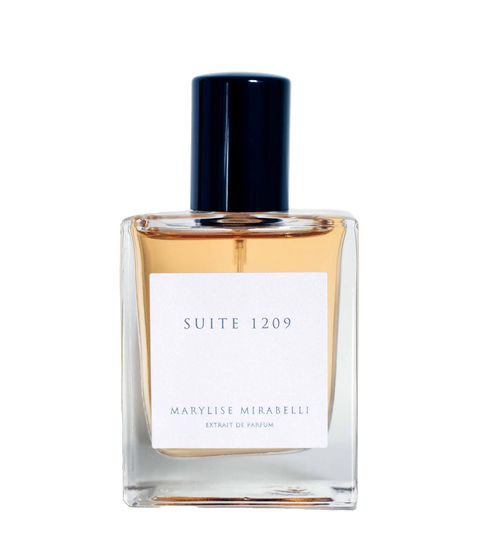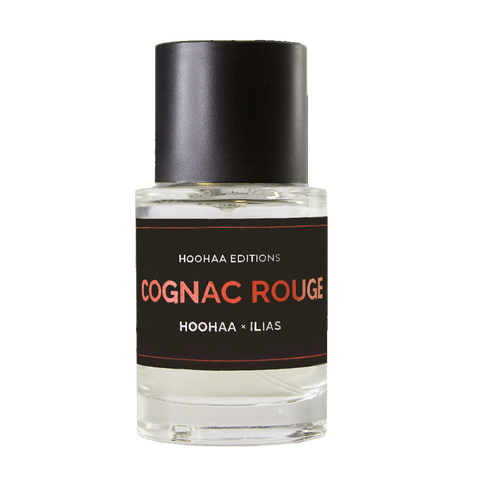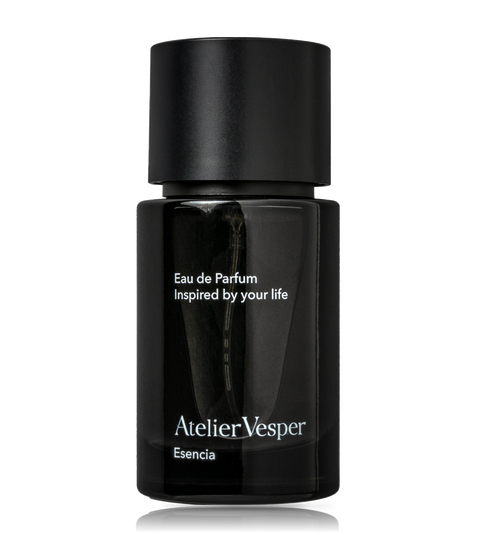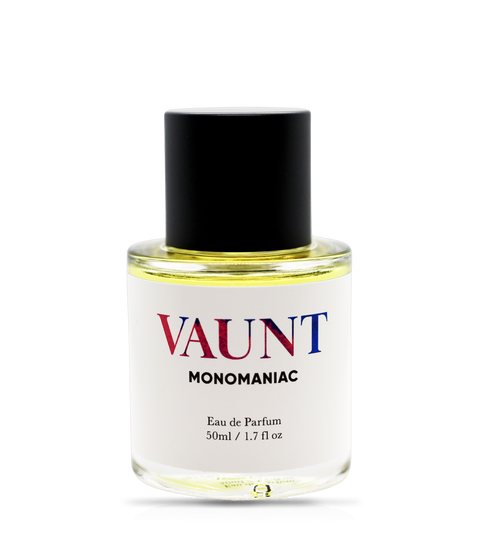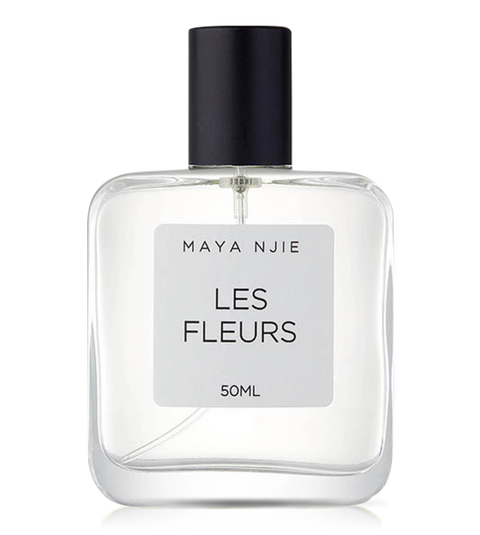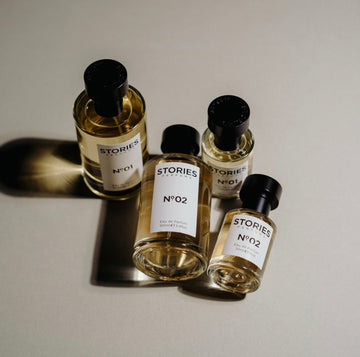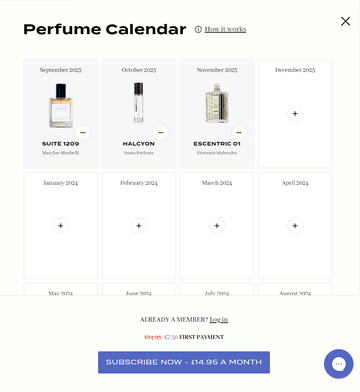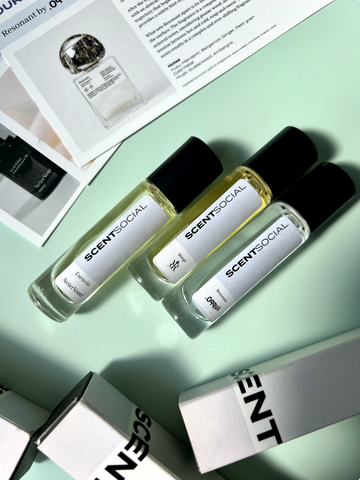Notes vs Ingredients: Nosing Your Way Around a Fragrance
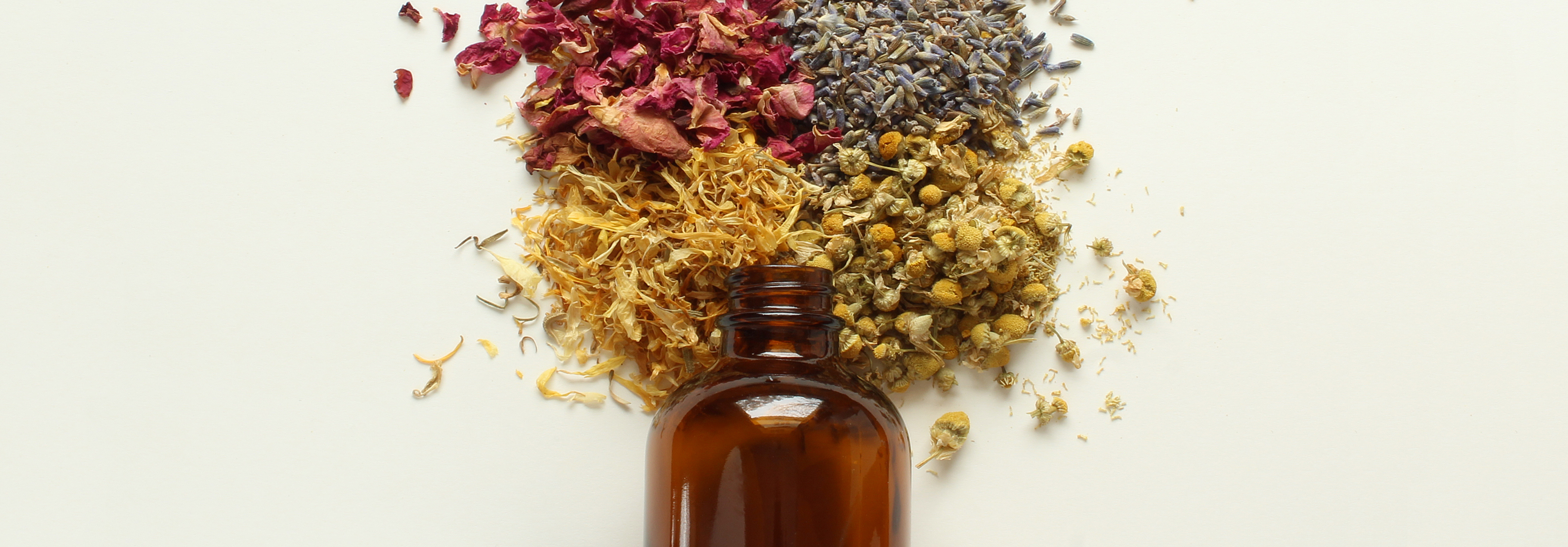
Choosing a fragrance is hard enough at the best of times, especially online. Separating notes from ingredients is another matter entirely.
Knowing your way around a fragrance means being able to tell the two apart, so we’ve put together a brief overview to help you get the best out of your shopping experience.
Notes
Fragrance notes come in layers (a bit like an onion, but they won’t make you cry). The layers combine to make up the final scent that you smell when you spray the fragrance. These notes are split into three main parts: Top Notes, Heart Notes, and Base Notes. However, it’s worth noting that classical perfumery had a more recognisable structure than modern perfumery does due to the technology available to perfumers today.
Top Notes
Top notes are the first elements that you smell when you first open or spray your fragrance. They’re called the top notes because they’re the first notes that are immediately recognisable. Call it a first impression, if you like.
The top notes might not last long, but they invite you in and hook your interest. Good examples of top notes are citrus scents, fruity notes, and herb-like fragrances such as basil or lavender. We sometimes like to think of top notes as the opening act of the perfume.
Heart Notes
Heart notes sit at the centre of the fragrance or, as you might have guessed, the heart of the scent. Heart notes are also known as middle notes and are the foundation of any fragrance. Whereas to notes are the opening act of spring, heart notes are the stars of the show.
Just as the top notes are fading away, the heart notes will start to appear and influence the base notes that make an appearance last. These notes should be reasonably well-rounded, as they’re often familiar and recognisable.
Base Notes
Base notes only start to appear once the top notes have entirely evaporated and make up around 20% of the perfume. They boost the more delicate notes and add depth to the fragrance, forming a kind of foundation. We like to think of base notes as the canvas smells – the most used synthetic base notes like cashmeran, ambroxan, iso-e-suer do have that beige/canvas smell.
Base notes can be heavy and long-lasting, kicking in after about half an hour and combine with the heart notes to create the overall fragrance. The base note’s scent lingers the longest as it sinks into your skin. And, using the performance metaphor again, base notes are the back up dancers in the show.
Ingredients
Perfumes in 2022 are often made of a combination of ingredients from nature and manufactured ingredients that help them stay true to the scent it is trying to achieve, and have been made that way since the 1860s.. The difference between ingredients and notes is that the notes are a description of what the fragrance is supposed to smell like rather than what is in it.
Legally, a list of ingredients is required. Most perfumers like to keep their ingredients a secret so no one can copy them - which is why most of the elements are listed as “fragrance” or “parfum” in the ingredients list. Perfumers are allowed to hide their ingredients under the Trade Secrets act.
Some synthetic ingredients have to be listed by law as they may be allergens, but others do not. So it’s worth remembering, then, that the list you read on the box containing your perfume isn’t actually what it smells like. Pay attention to the notes, and you’ll have a better idea.


